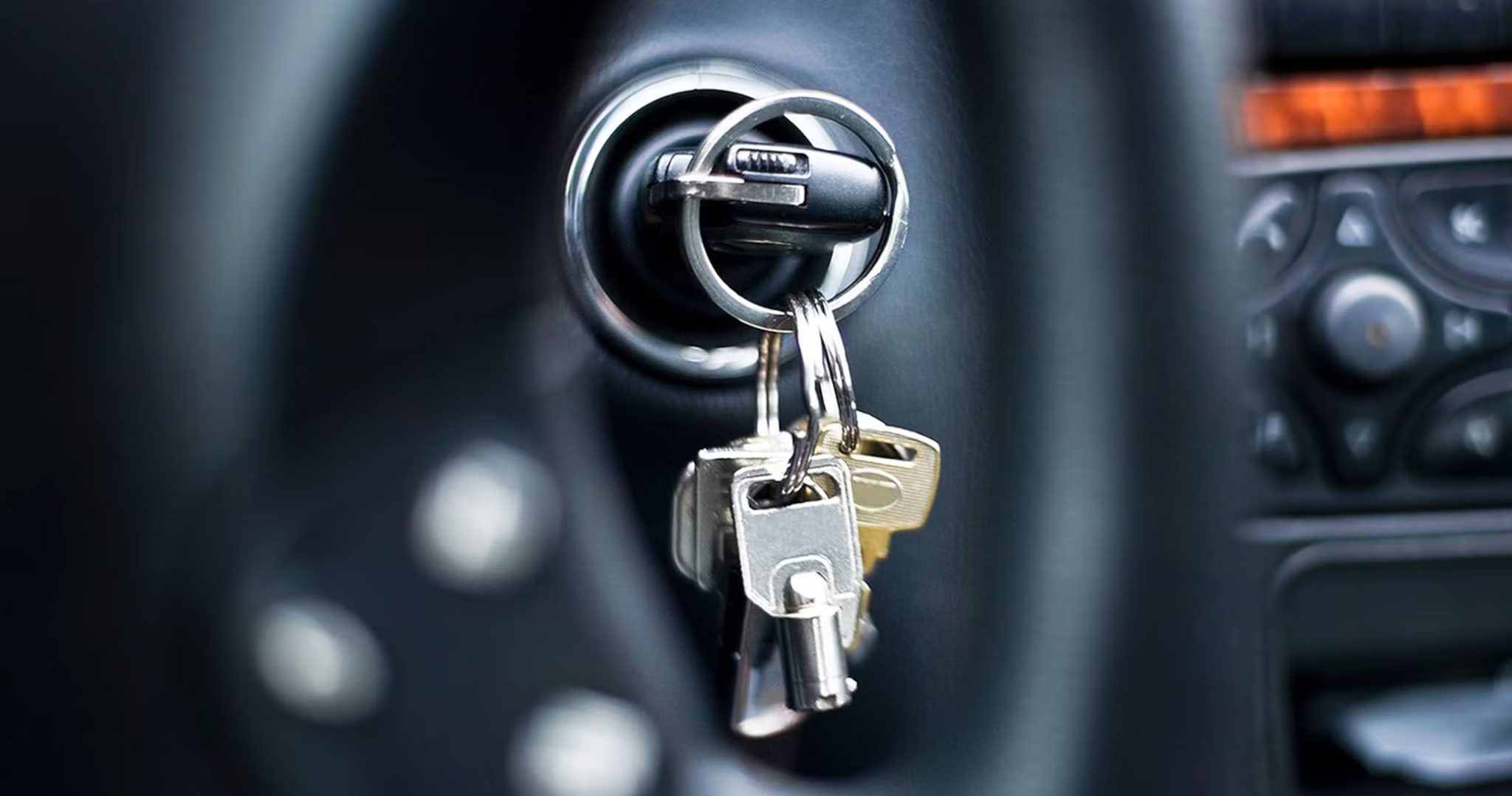Summary
- Many features that have been familiar for years or decades are disappearing quickly but quietly
- Chief among these features are manual transmissions, CD players, spare tires, physical buttons and knobs, manual handbrakes, even metal key ignition systems
- Most of this is thanks to the rapid development of digital technology and connectivity features over the past two decades
- Some manufacturers are walking back their development of touchscreens in cars, to enhance safety and reduce distractions
- We think that the disappearance of these features is a perfect demonstration of the volatile and dynamic nature of the automotive market, and innovations to meet consumer demands in a highly digital world
In the world of modern cars and trucks, some long-standing features features are silently but surely disappearing. Once standard equipment or desired options, these items are now relegated to the history books as technology and innovation steadily push us to the future.
Many of these features have seen drastic and rapid declines over the past 5 to 10 years, while some have gone by the wayside over decades. By analyzing the data available, we can show just how much each feature used to be popular, but is no longer even thought about in 2024.
No Subscription? You’re missing out
Get immediate ad-free access to all our premium content.
Get Started

